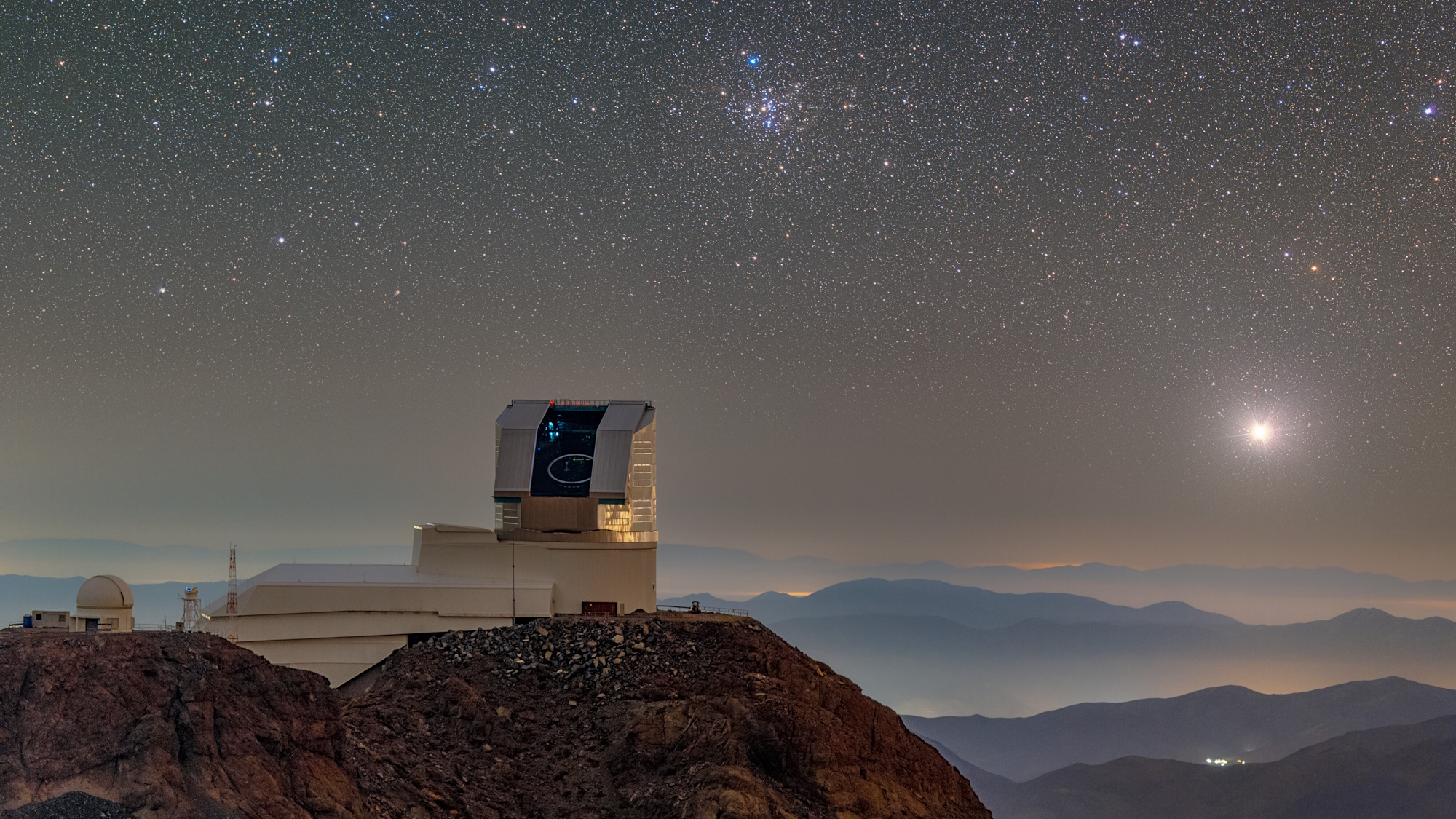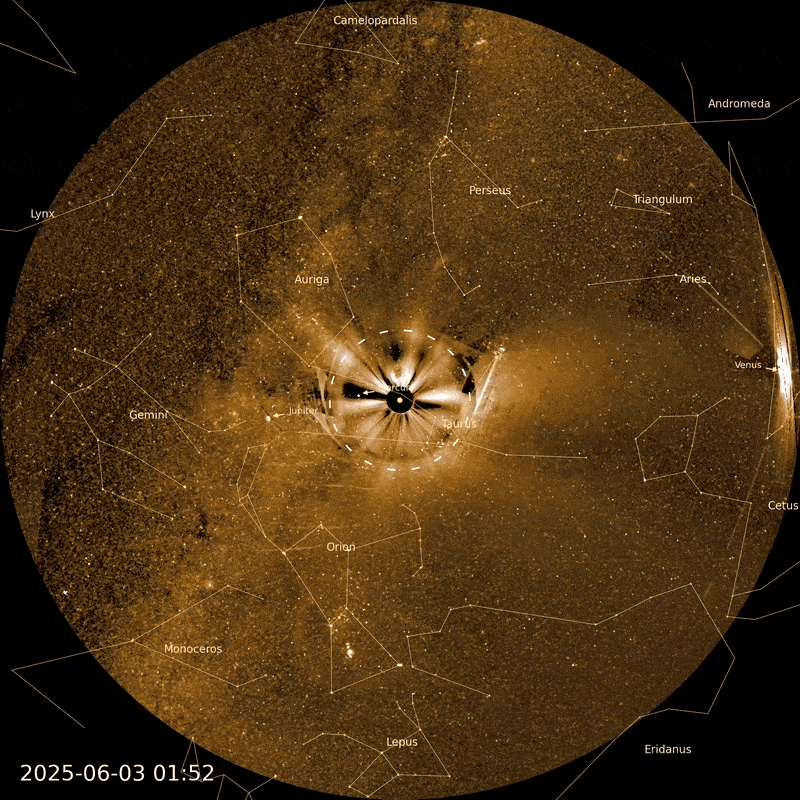Just in time for the holidays, UFOs and aliens are back! No, we’re not talking about The Last Jedi, though there are plenty of both—flying objects and extraterrestrial life, including Supreme Leader Snoke, pictured above—in the latest Star Wars flick.
But there are two new cosmic phenomena in the headlines these days.
First there’s the “most peculiar object” currently hurtling through our solar system—a massive, cigar-shaped, asteroid-like thing that the chair of Harvard’s astronomy department says might be an alien probe.
You read that right. This is not some crackpot on cable TV claiming he was abducted by aliens . . . right before his latest Sasquatch sighting. This is Avi Loeb, chair of Harvard’s astronomy department, founding director of the Black Hole Initiative, and one of the world’s most respected scientists.
“The more I study this object,” says Loeb, “the more unusual it appears, making me wonder whether it might be an artificially made probe which was sent by an alien civilization.”
Russian billionaire Yuri Milner certainly wants some answers. The man behind Breakthrough Listen, a $100 million search for intelligent extraterrestrial life, has asked his team to investigate the interstellar rock, nicknamed ‘Oumuamua, a Hawaiian word for “messenger.”
Milner’s team is listening for radio signals from ‘Oumuamua, signals which could conceivably be a sign of intelligent life. But so far, nada—and if there were any alien signals, even as faint as a cellphone’s radio waves, the Green Bank telescope in West Virginia would pick them up.
The interstellar asteroid, about a quarter-mile long and about 40 yards wide, is moving at a brisk clip of 38.3 kilometers per second. Before it gets too far away, scientists will continue to try to figure out exactly what it is and what it is made of.
Paul Chodas, manager of NASA’s Center for Near Earth Object Studies, says “it was a special day” when ‘Oumuamua showed up. He said it’s “a very unusual shape. We don’t see that in our solar system. None of the asteroids in our solar system look like that.
“This object is simply a piece of another solar system that was expelled and it has been traveling through interstellar space for . . . hundreds of millions of years, billions of years? We don’t know.”
Meanwhile, check out this brief video about ‘Oumuamua from NASA’s Jet Propulsion Laboratory:
We think ‘Oumuamua looks a bit like the planet killer from the 1967 TV episode of Star Trek titled “The Doomsday Machine.” (But no worries: Captain Kirk will save the day.)
Another “alien” sighting?
‘Oumuamua isn’t the only elongated unidentified flying object in the news this week. In a New York Times article that reads like a heart-pounding alien encounter, two Navy airmen describe a 2004 UFO sighting over the Pacific Ocean that left them flabbergasted.
As the Times describes it, the pilots saw something hovering about 50 feet above the water, “an aircraft of some kind—whitish—that was around 40 feet long and oval in shape. The craft was jumping around erratically, staying over the wave disturbance but not moving in any specific direction.”
When Cmdr. David Fravor flew his F/A-18F Super Hornet in for a closer look, the foreign object peeled off. “It accelerated like nothing I’ve ever seen,” Fravor said, adding that he was “pretty weirded out.”
“I can tell you, I think it was not from this world,” Fravor later told ABC News. “I’m not crazy, haven’t been drinking. It was—after 18 years of flying, I’ve seen pretty much about everything that I can see in that realm, and this was nothing close.”
Fravor went public with his story this week after the Pentagon acknowledged the existence of a program dedicated to studying unidentified flying objects.
Here’s the video of what Fravor saw that day. It’s pretty astonishing:
So, do either (or both) of these stories lend any more credence to the possibility of extraterrestrial life? Is E.T. out there, somewhere? Perhaps even visiting our own solar system right now?
Fermi’s paradox wonders why, if the universe is teeming with life, we have not found any signs of extraterrestrial life. We know asteroids and comets exists across the universe, but it is only late in 2017 that we observe the first interstellar object visiting our interstellar neighborhood. And we know those Navy pilots saw something in the skies in 2004, something the Pentagon deemed worthy of study.
Perhaps the aliens will soon follow. Or perhaps, like Fermi, we will be left waiting and wondering where they are, if they exist at all.
Or we could all just go watch The Last Jedi and let our imaginations run wild.
In the search for extraterrestrial life, a few more stories from the real world of science:
To find aliens, we must think of life as we don’t know it (Aeon)
Earth-sized alien worlds are out there. (Science)
Why We’re More Likely to Unearth Aliens on Frozen Worlds (SyFyWire)
Detecting Life in Space: The Red Edge (NPR)
The ethics of ET: Implications for Our Ideas of Morality (Aeon)
The post Aliens in Our Neighborhood? appeared first on ORBITER.





